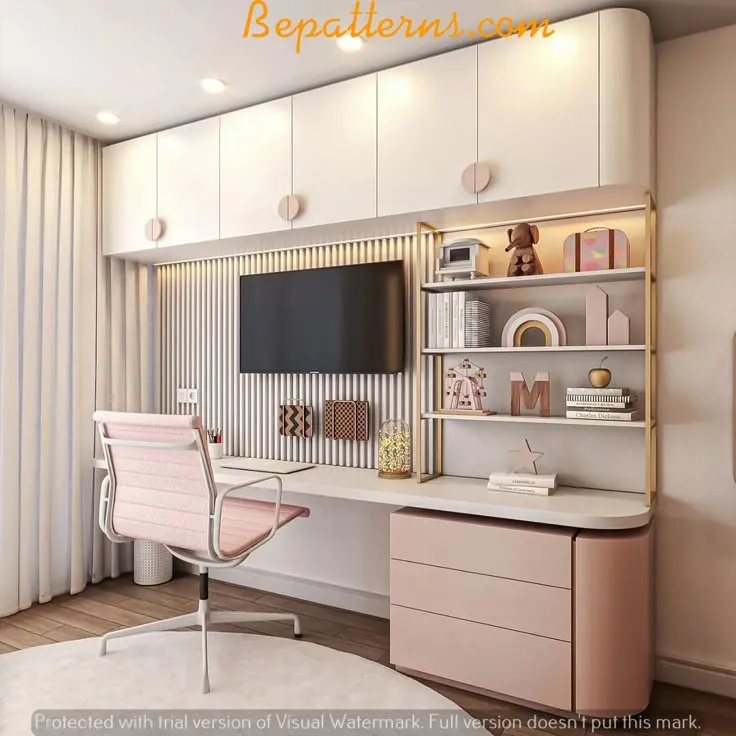Transforming your kitchen into a cozy and functional homeschool space can be a rewarding experience. It’s about creating an environment where learning feels natural, comfortable, and inspiring for both you and your children. The kitchen, often the heart of the home, provides a unique setting for homeschooling, blending education with the everyday routines of cooking and family life. With a little planning and creativity, you can design a homeschool kitchen that fosters a love of learning and makes the most of your available space.
Creating a Cozy Homeschool Kitchen Space
The foundation of a successful homeschool kitchen setup lies in thoughtful planning. Before you start buying decor or rearranging furniture, take the time to assess your needs and the available space. This initial phase will guide your decisions and ensure the final result is both practical and aesthetically pleasing. A well-designed homeschool kitchen should be a blend of functionality, comfort, and inspiration, making it a pleasant place for learning and growing together.
Defining Your Homeschool Kitchen Needs
Begin by identifying the specific requirements of your homeschool curriculum and your children’s learning styles. Consider what subjects you’ll be teaching, the types of activities you’ll be doing (e.g., art projects, science experiments), and the materials you’ll need to store. Do your children thrive in a structured environment or do they prefer more flexibility? Understanding these factors will help you determine the type of furniture, storage solutions, and learning tools that will be most beneficial.
Assessing Your Available Space
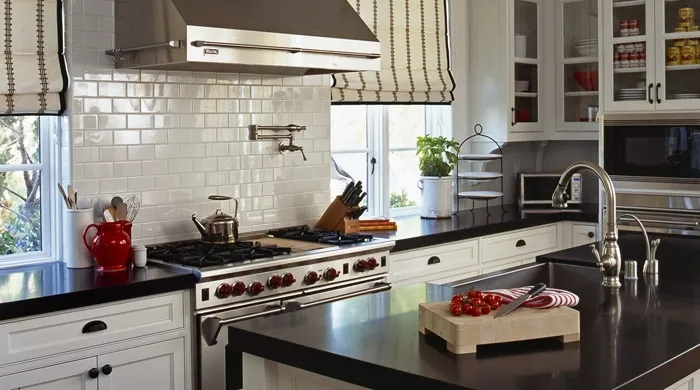
Carefully evaluate your kitchen’s layout, including the size, natural light, and existing features such as countertops, cabinets, and windows. Determine which areas can be dedicated to learning, and consider how you can maximize the use of vertical space with shelves, wall-mounted organizers, or a chalkboard wall. Measure the area where you will be setting up the learning station and consider how much free space you need for projects and activities.
Determining Learning Styles
Consider your children’s individual learning styles. Do they learn best through visual aids, hands-on activities, or auditory lessons? Tailor your decor and learning materials to support these preferences. For visual learners, consider a well-lit area with colorful charts, maps, and artwork. For tactile learners, provide ample space for crafts and hands-on projects. For auditory learners, designate a space for reading aloud and listening to educational podcasts.
Choosing the Right Homeschool Kitchen Decor
Once you’ve established your needs and space, you can start selecting the appropriate decor elements. The goal is to create a space that is both functional and visually appealing. The decor should support learning and encourage creativity. Consider the materials, colors, and furniture that will make the homeschool kitchen a welcoming and inspiring environment for everyone.
Selecting Functional Furniture

Invest in furniture that is both comfortable and versatile. A sturdy table that can serve as a desk for writing, art projects, and meal times is essential. Adjustable chairs that provide good posture support will prevent any discomfort and encourage concentration. Consider incorporating a bookshelf or storage cabinet to keep books, materials, and learning tools organized and within easy reach. If space is limited, consider using a fold-away table or a multi-functional island.
Choosing a Color Palette that Inspires
The colors you choose can significantly impact the mood and atmosphere of your homeschool kitchen. Opt for a palette that promotes focus and creativity, such as calming blues and greens, which are known to be relaxing and conducive to learning. Warm colors like yellows and oranges can add a touch of energy, but use them sparingly to avoid overstimulation. Consider incorporating neutral tones as a base and adding pops of color with decor items and artwork to create a balanced and inviting space.
Incorporating Storage Solutions
Effective storage is critical for keeping your homeschool kitchen organized and clutter-free. Utilize a variety of storage solutions such as shelves, drawers, bins, and baskets to hold all your learning materials. Consider using clear containers so you can easily see what’s inside. Wall-mounted storage, such as pegboards and floating shelves, can help maximize space and keep frequently used items accessible. Labeling each storage container helps students find what they need, promoting independence and organization.
Adding Decorative Elements
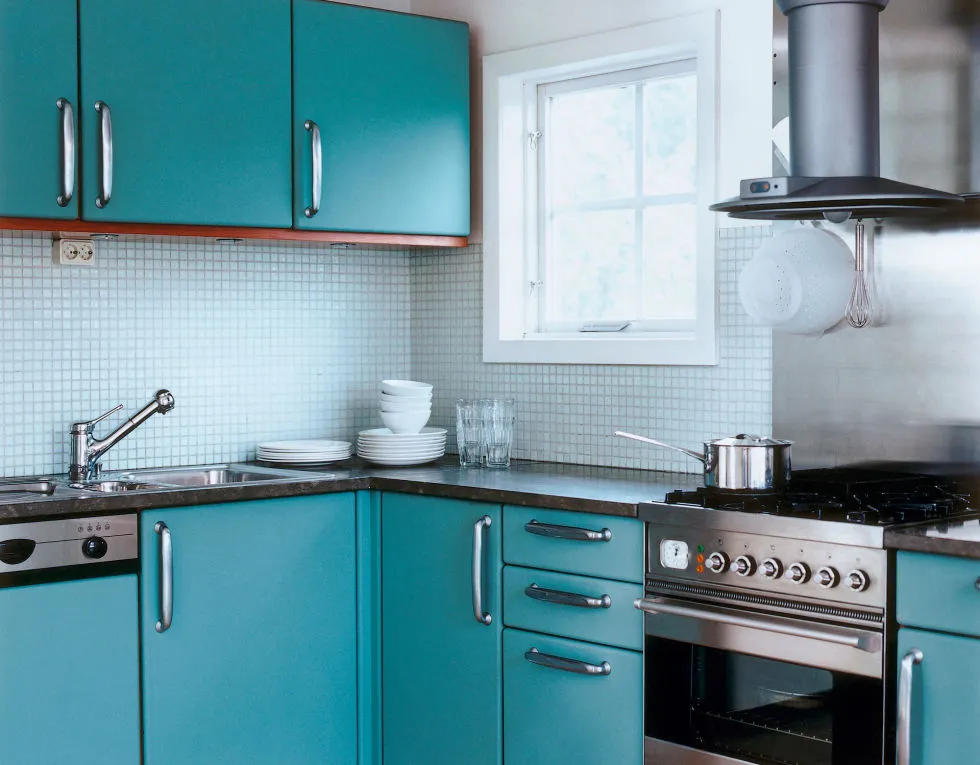
Decorative elements add personality and inspiration to the learning environment. They can transform a functional space into a place where children are excited to learn. These elements also make the kitchen more inviting and reflective of your family’s character. Choose decor that inspires and motivates learning, while keeping the space visually appealing and functional.
Utilizing Wall Decor
Wall decor offers a great opportunity to create an inspiring learning environment. Consider displaying educational charts, maps, and posters that complement your curriculum. Add artwork created by your children to personalize the space and celebrate their creativity. A chalkboard or whiteboard wall provides a space for brainstorming, lessons, and creative expression. Framed motivational quotes and encouraging messages can provide a positive and supportive atmosphere.
Incorporating Textiles and Soft Furnishings
Textiles and soft furnishings add warmth and comfort to your homeschool kitchen. Add cushions or a rug to make a cozy reading corner, making it a more inviting space for learning. Curtains can soften the space and control natural light. Choose fabrics in colors and patterns that complement your chosen color palette and reflect your family’s style. These elements can soften the hard lines of the kitchen and create a more relaxed atmosphere conducive to learning.
Adding Personal Touches and Creating an Inspiring Atmosphere
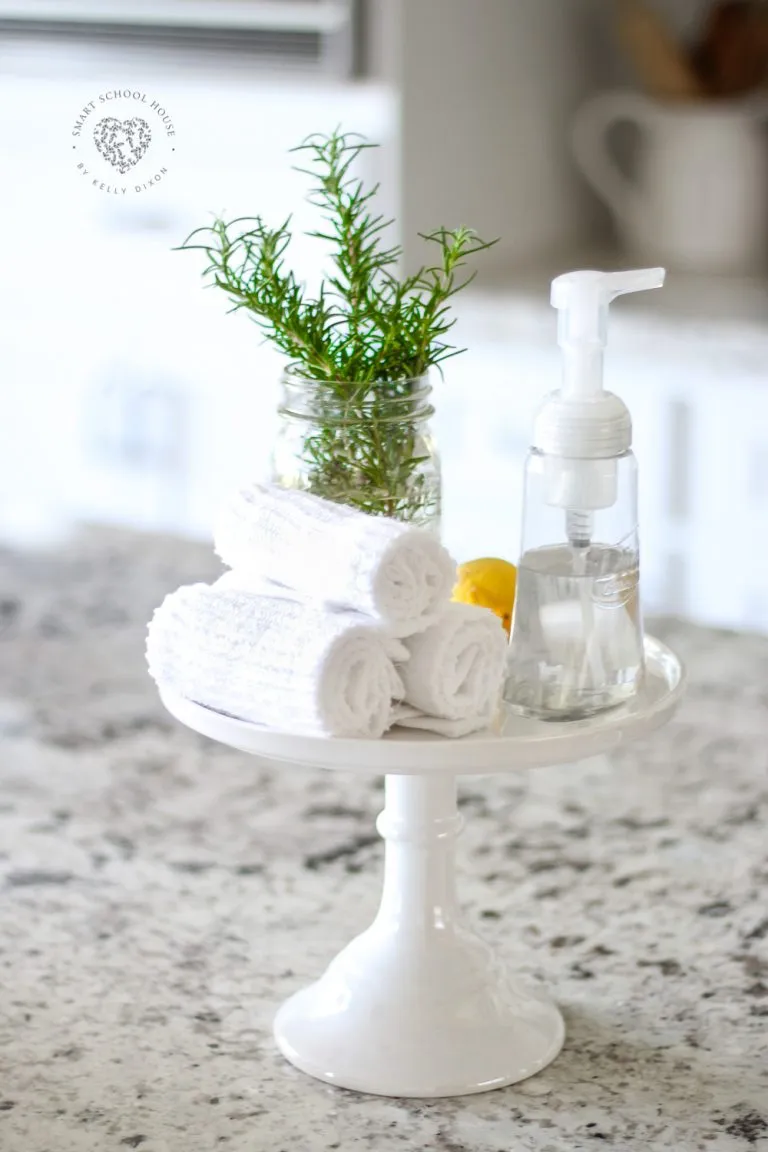
Personalizing your homeschool kitchen with items that reflect your family’s interests and values will create a unique and inspiring learning environment. Integrating family photos, handmade art, and items that hold sentimental value will make it a special space for everyone. This personal touch fosters a stronger sense of connection and creates a truly inspiring atmosphere for education.
Setting Up a Dedicated Learning Zone
Even in a shared space like the kitchen, it’s important to establish a distinct learning area. This can be a specific table, a corner of the room, or even a designated cabinet. Define the area with a rug, a bookshelf, or some decorative elements. Ensure that this zone is well-lit, comfortable, and free from distractions. Having a dedicated space sends a clear signal to the children that it is time for learning and concentration.
Organizing Learning Materials
Keep learning materials organized and within easy reach. Use clear bins, labeled shelves, and drawers to store books, art supplies, and educational tools. Organize supplies by subject or project to make them easier to find and put away. A well-organized space minimizes distractions and allows students to focus on their lessons. Regular tidying will also ensure that the learning area remains a pleasant and inviting place.
Creating a Comfortable and Stimulating Environment
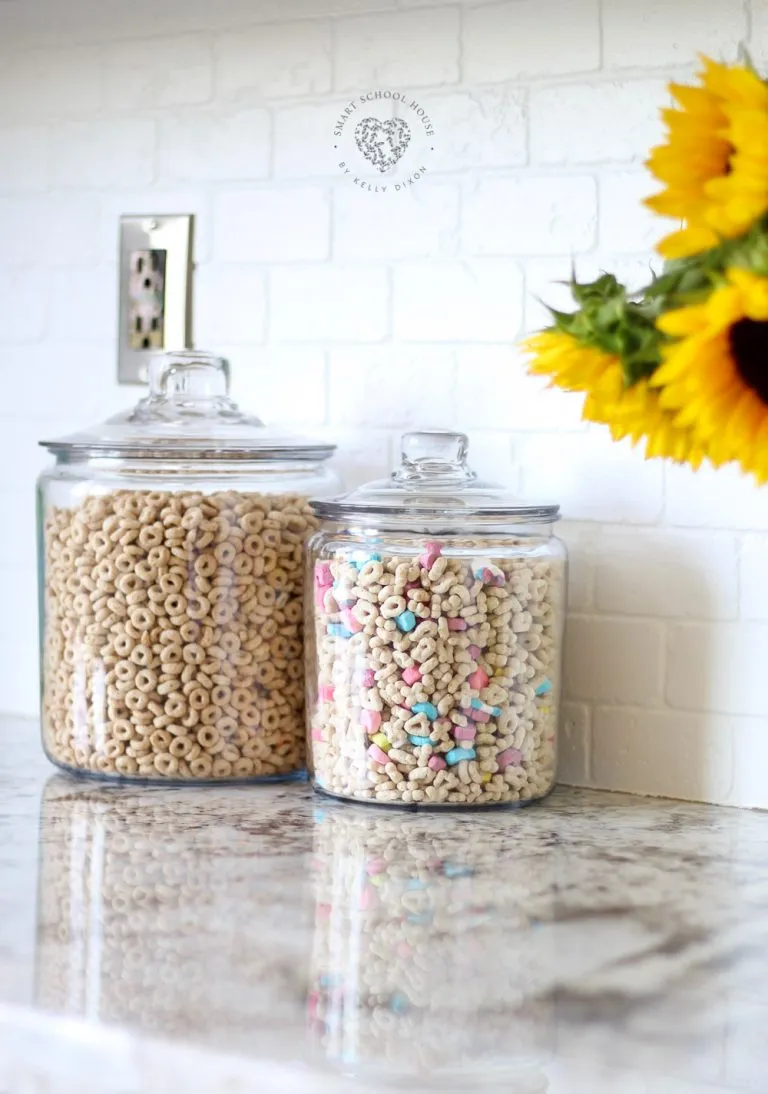
Strive to make the learning area as comfortable and stimulating as possible. Make sure the lighting is adequate, and incorporate natural light whenever possible. Add plants to bring nature indoors and improve air quality. Consider playing soft background music or using essential oils to create a calming atmosphere. Provide comfortable seating options and encourage movement breaks to keep children engaged and energized.
Maintaining and Adapting Your Homeschool Kitchen Decor
Creating a cozy and functional homeschool kitchen is an ongoing process. As your children grow and their educational needs evolve, you’ll need to make adjustments to ensure that your space remains effective and inspiring. Consistent evaluation and a willingness to adapt are key to maintaining a successful and inspiring learning environment.
Regularly Evaluating Your Space
Periodically assess the functionality of your homeschool kitchen. Consider whether the setup continues to meet your family’s needs. Observe how your children use the space. Are they easily able to access the materials they need? Are they comfortable and focused? Do they have enough room to move around and work on projects? Take notes on any areas that could be improved.
Making Adjustments as Needed
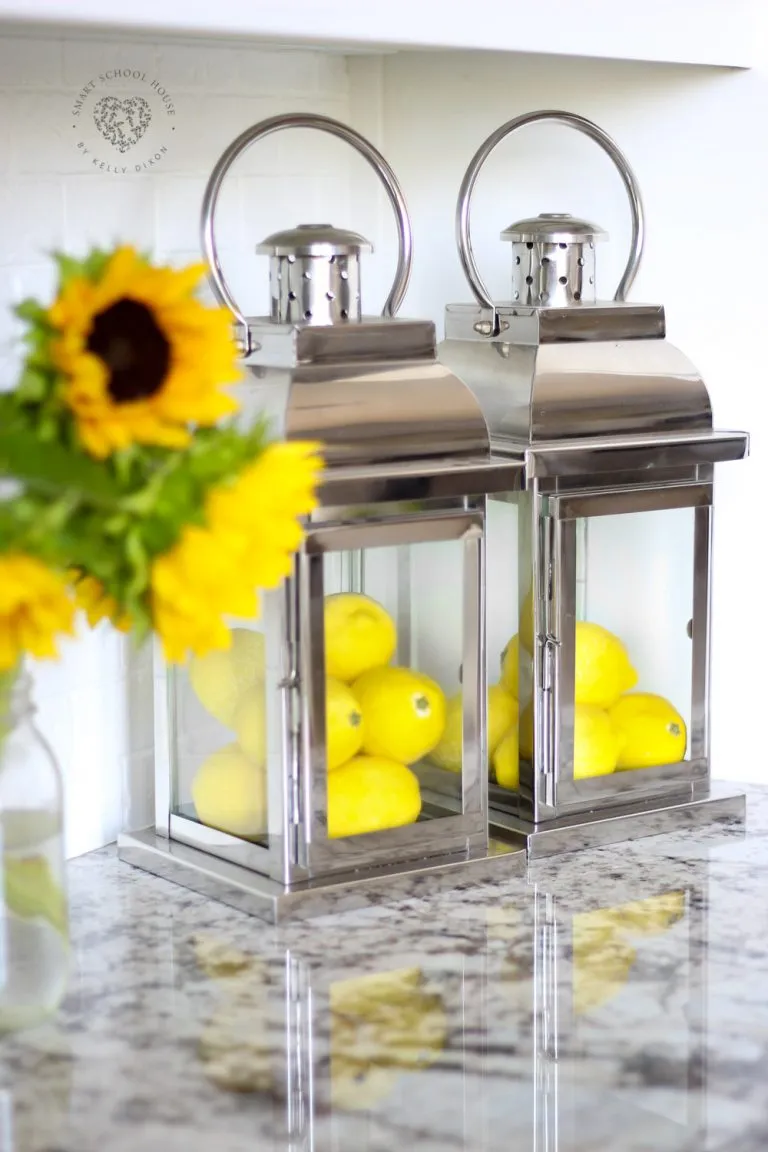
Based on your evaluation, make adjustments to your decor and organization. This may involve rearranging furniture, adding new storage solutions, or updating wall decor. As your children’s interests and curriculum change, you may need to rotate learning materials and educational displays. Regularly seek their feedback and involve them in the process to ensure that the space meets their evolving needs and inspires their learning.
Keeping it Clean and Organized
Establishing a routine for cleaning and organizing your homeschool kitchen is essential for maintaining a functional and inviting space. Encourage your children to participate in keeping the space tidy by designating specific areas for storing materials and setting expectations for tidying up after lessons. Implement a weekly cleaning schedule that includes dusting, wiping down surfaces, and organizing supplies. A clean and organized space promotes a sense of calm and allows you to focus on teaching and learning.
In conclusion, creating a cozy homeschool kitchen decor is an exciting endeavor that can greatly enhance your children’s learning experience. By following the guidelines above, you can transform your kitchen into a comfortable, functional, and inspiring space where your children can thrive academically and creatively. Remember to personalize the space to reflect your family’s needs and interests, and don’t be afraid to adapt and evolve your decor over time. With careful planning and attention to detail, your homeschool kitchen will become the heart of your home learning environment.
